



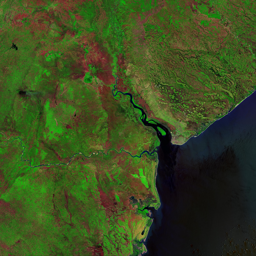


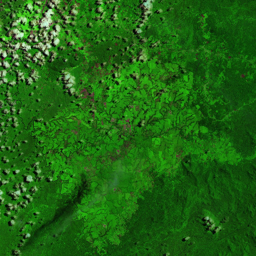

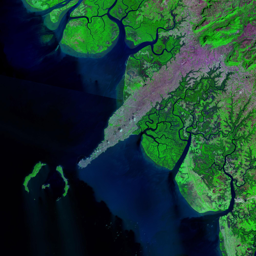
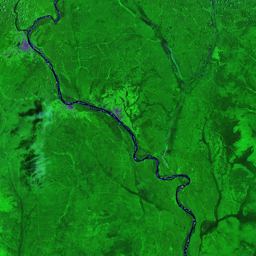
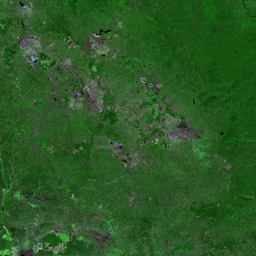
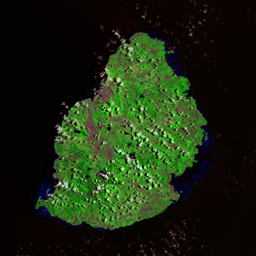
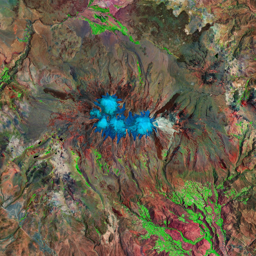


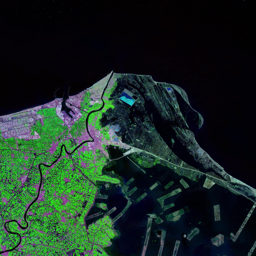
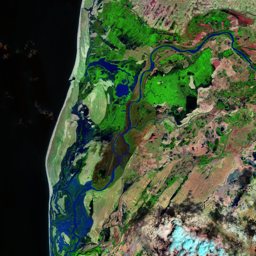



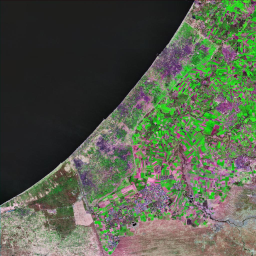



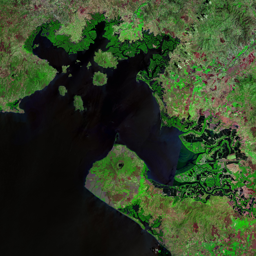

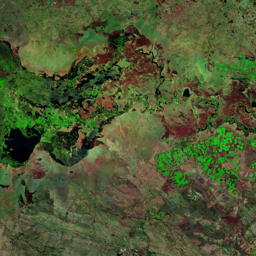
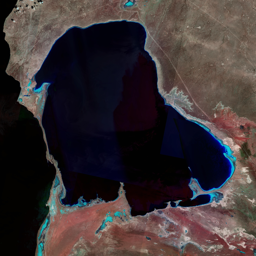
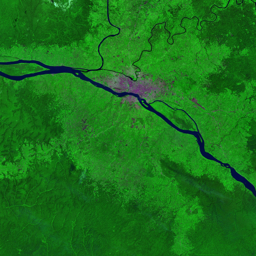


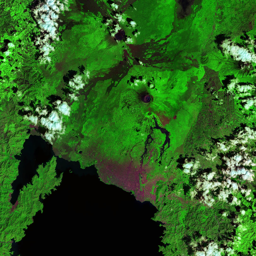

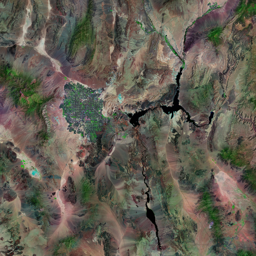
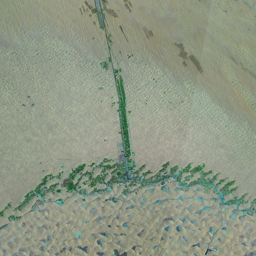
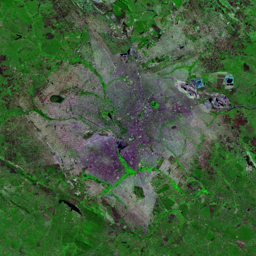
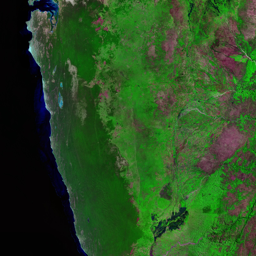


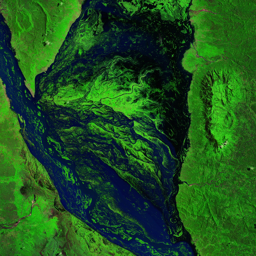







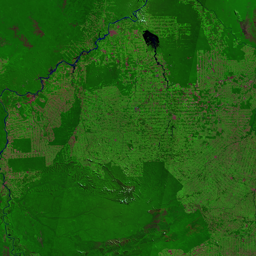
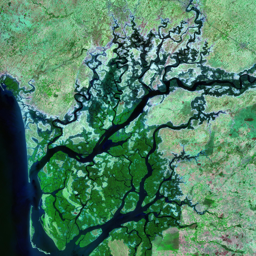
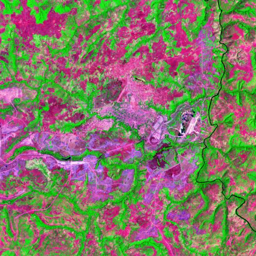
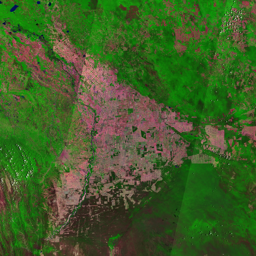
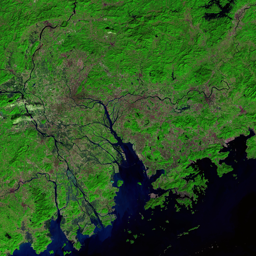

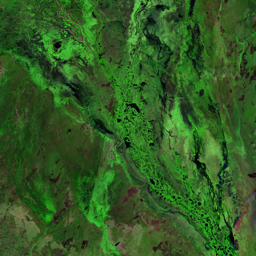




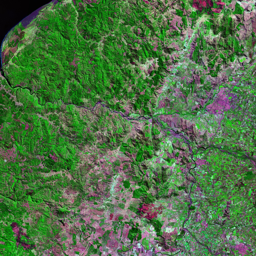

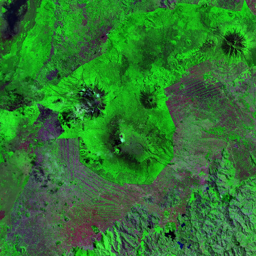
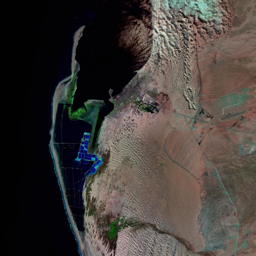

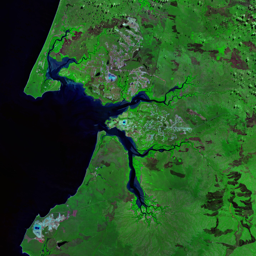
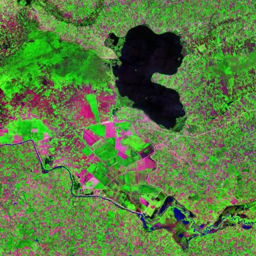
Sundarban, the largest mangrove forest of the world, is situated in the southwestern part of Bangladesh and in the West Bengal state of India. Guarded by the Bay of Bengal, Sundarban is an excellent example of the coexistence of human and terrestrial plant and animal life. Despite high population pressure and environmental hazards such as siltation, cyclone flooding and sea level rise, the areal extent of the mangrove forest has not changed significantly in the last 25 years. In fact, with improved management, the tiger population has increased from a mere 350 in 1993 to 500-700 in 2000. Ecotourism is increasing as well. However, while sufficient data is not available, several reports suggest that forest degradation has been occurring in many parts of Sundarban. The Sundarban mangrove forests are also becoming more vulnerable due to the significant rise of shrimp farming in the region. The increase of shrimp farming has negatively affected agriculture and also contributed to the loss of mangrove forests during the past two decades. The erosion of the front line of the delta is clearly visible in the available satellite images serie
Use shift + scroll to zoom the map
Use shift + scroll to zoom the map